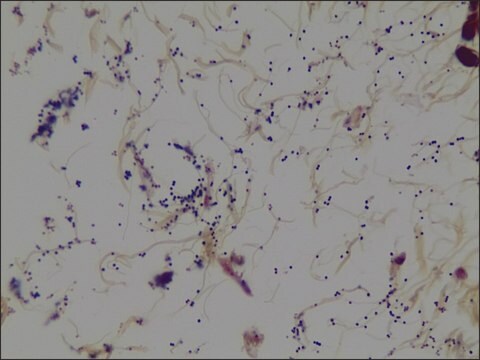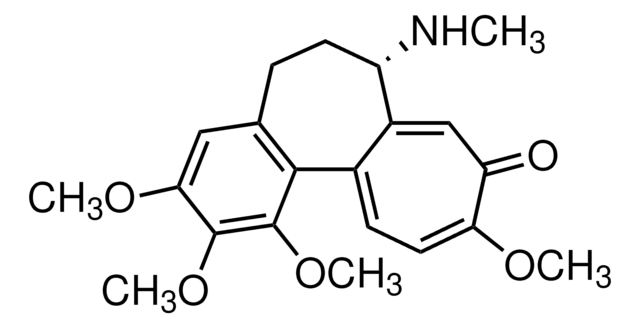11581074001
Roche
COT Human DNA
from human placenta DNA, enriched for repetitive sequences
Synonim(y):
COT Human DNA, Human DNA
About This Item
Polecane produkty
pochodzenie biologiczne
human placenta (DNA)
Poziom jakości
klasa czystości
Molecular Biology
Postać
solution
opakowanie
pkg of 500 μg
producent / nazwa handlowa
Roche
stężenie
1 mg/mL
zanieczyszczenia
HCV/HBV, none detected
HIV 1/2, none detected
kolor
colorless
rozpuszczalność
water: miscible
temp. przechowywania
−20°C
Szukasz podobnych produktów? Odwiedź Przewodnik dotyczący porównywania produktów
Powiązane kategorie
Opis ogólny
Zastosowanie
Sekwencja
Postać fizyczna
Inne uwagi
Kod klasy składowania
12 - Non Combustible Liquids
Klasa zagrożenia wodnego (WGK)
nwg
Temperatura zapłonu (°F)
No data available
Temperatura zapłonu (°C)
No data available
Certyfikaty analizy (CoA)
Poszukaj Certyfikaty analizy (CoA), wpisując numer partii/serii produktów. Numery serii i partii można znaleźć na etykiecie produktu po słowach „seria” lub „partia”.
Masz już ten produkt?
Dokumenty związane z niedawno zakupionymi produktami zostały zamieszczone w Bibliotece dokumentów.
Klienci oglądali również te produkty
by High-throughput Imaging
Nasz zespół naukowców ma doświadczenie we wszystkich obszarach badań, w tym w naukach przyrodniczych, materiałoznawstwie, syntezie chemicznej, chromatografii, analityce i wielu innych dziedzinach.
Skontaktuj się z zespołem ds. pomocy technicznej







